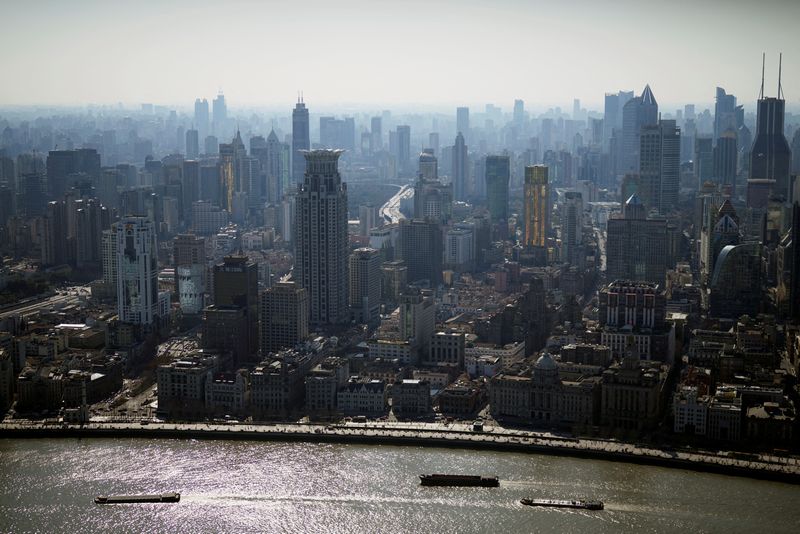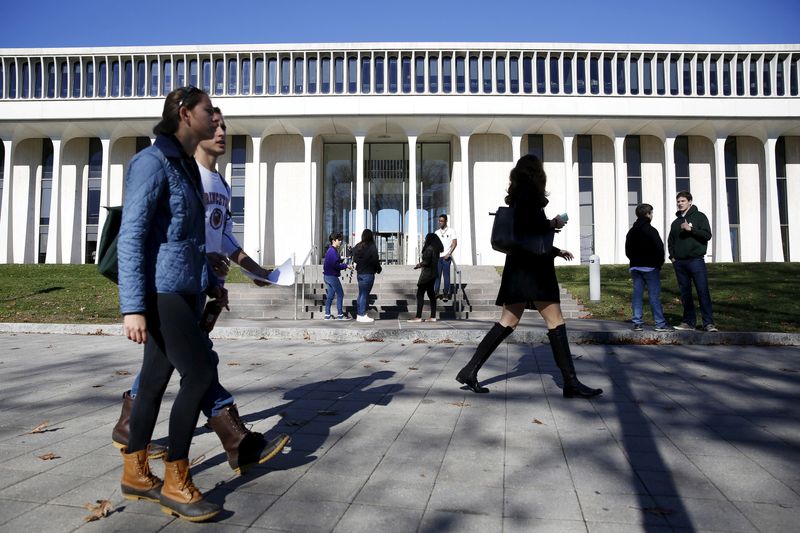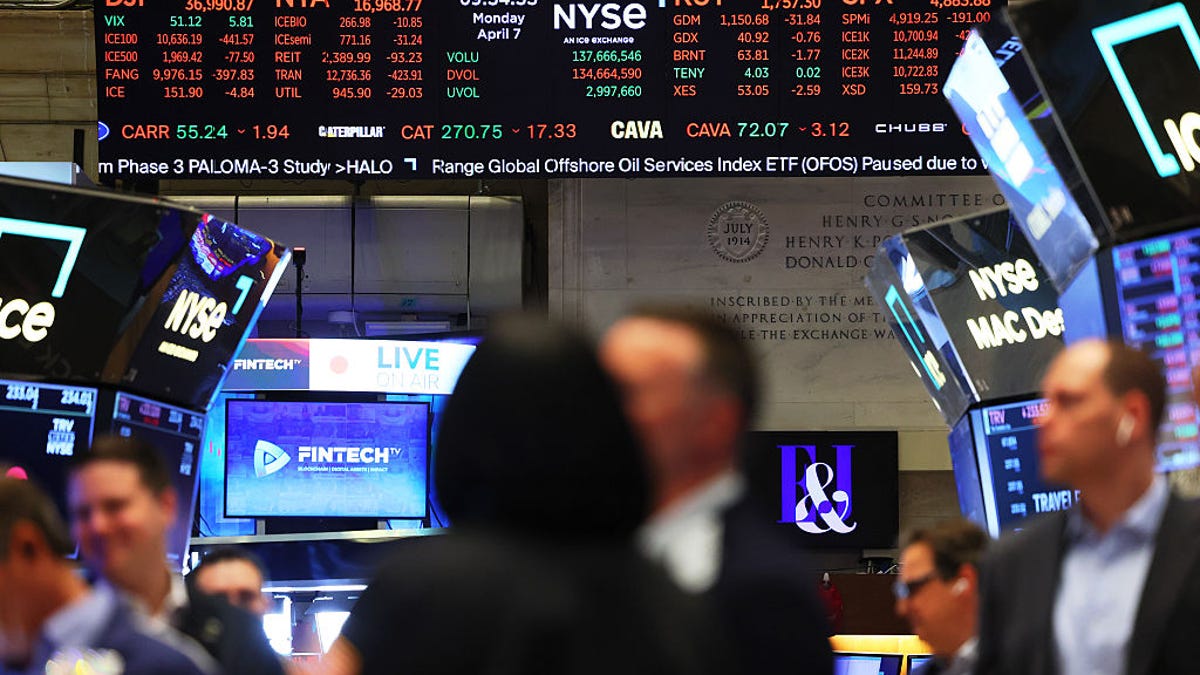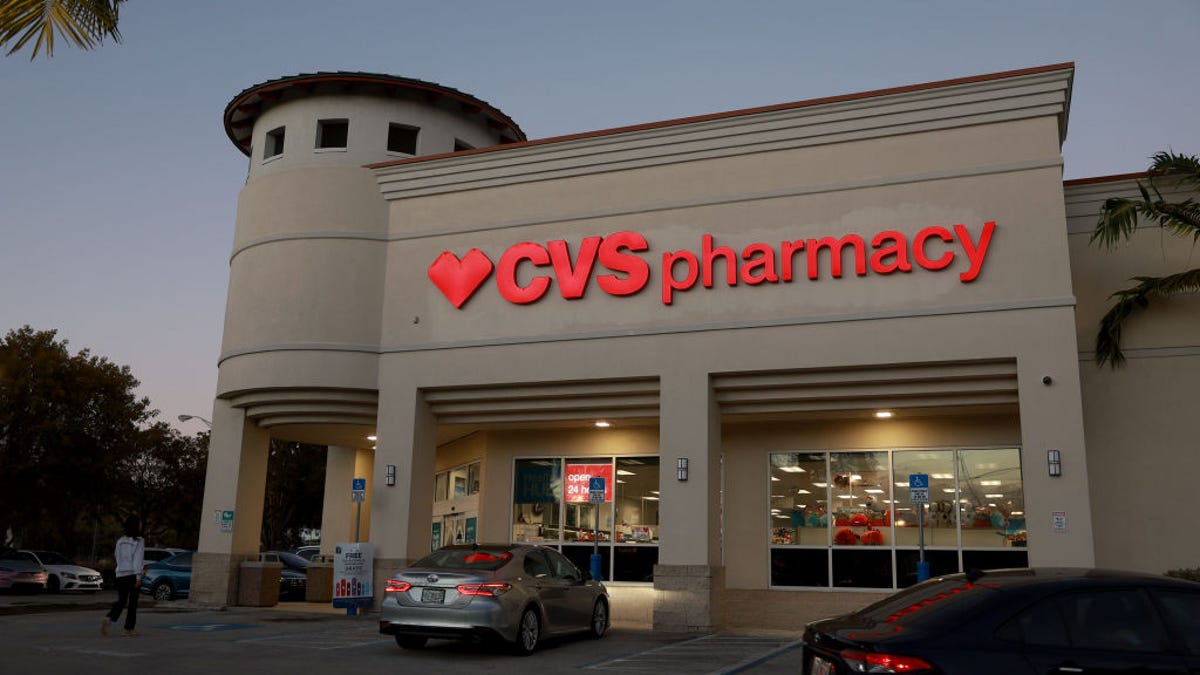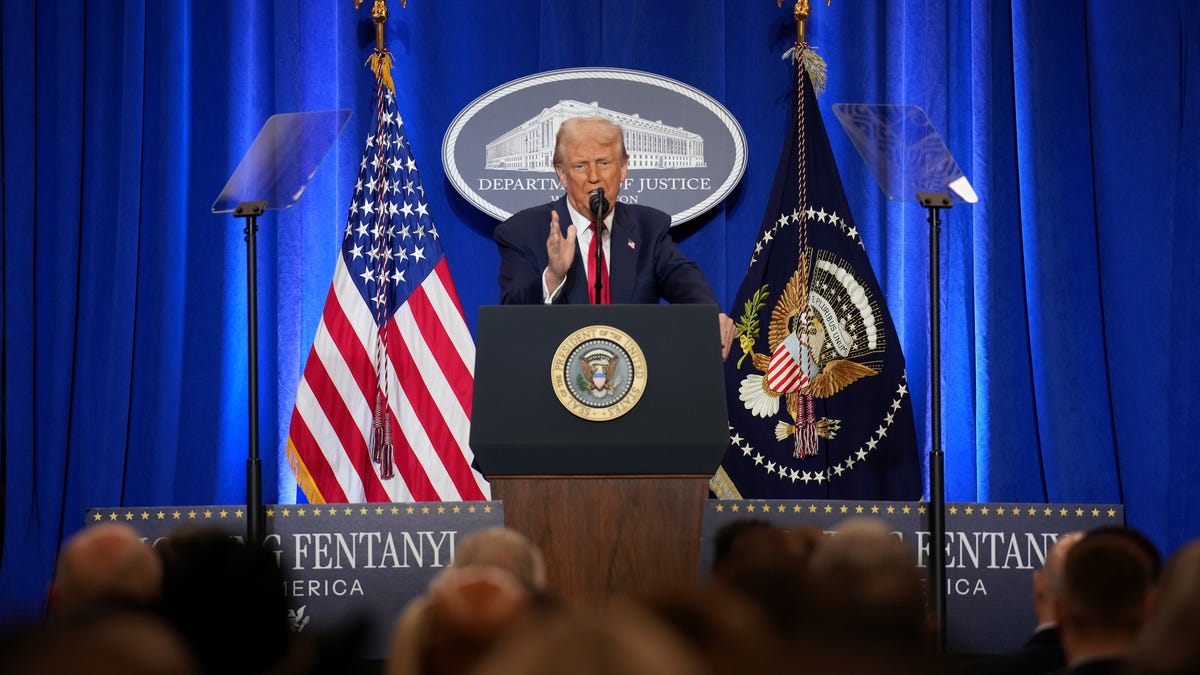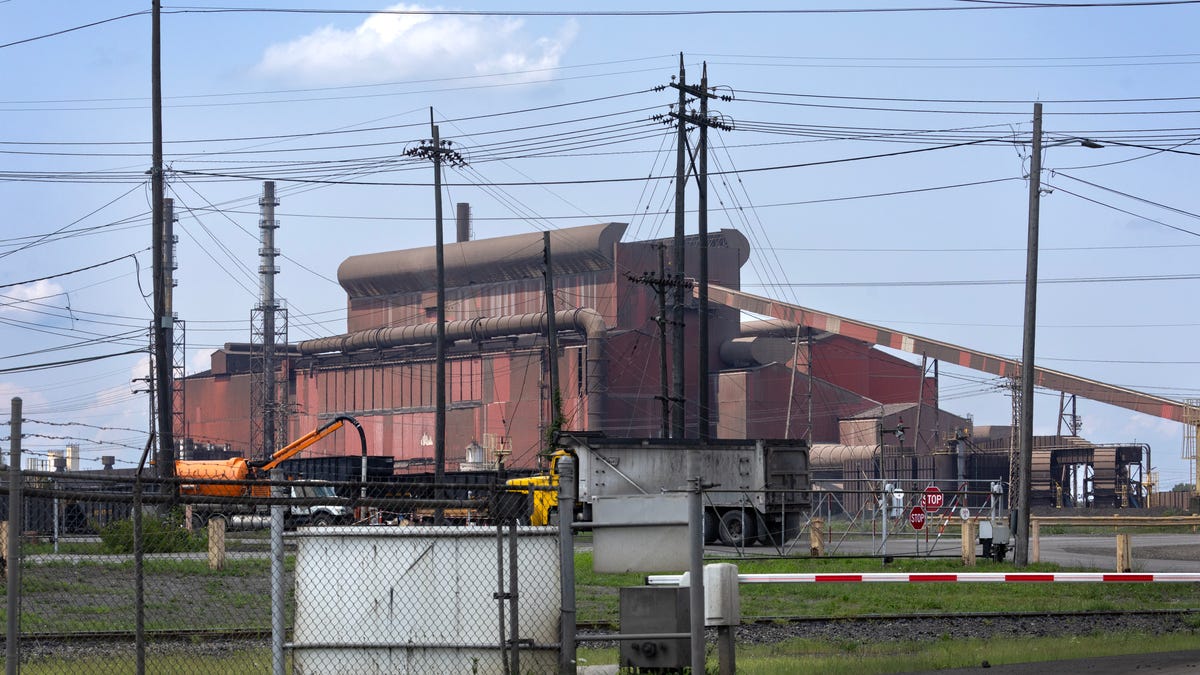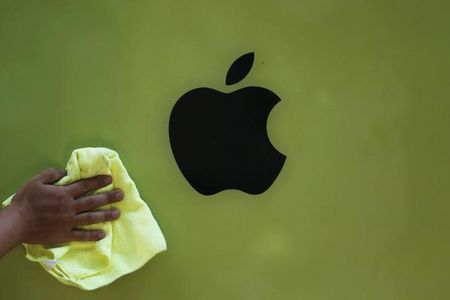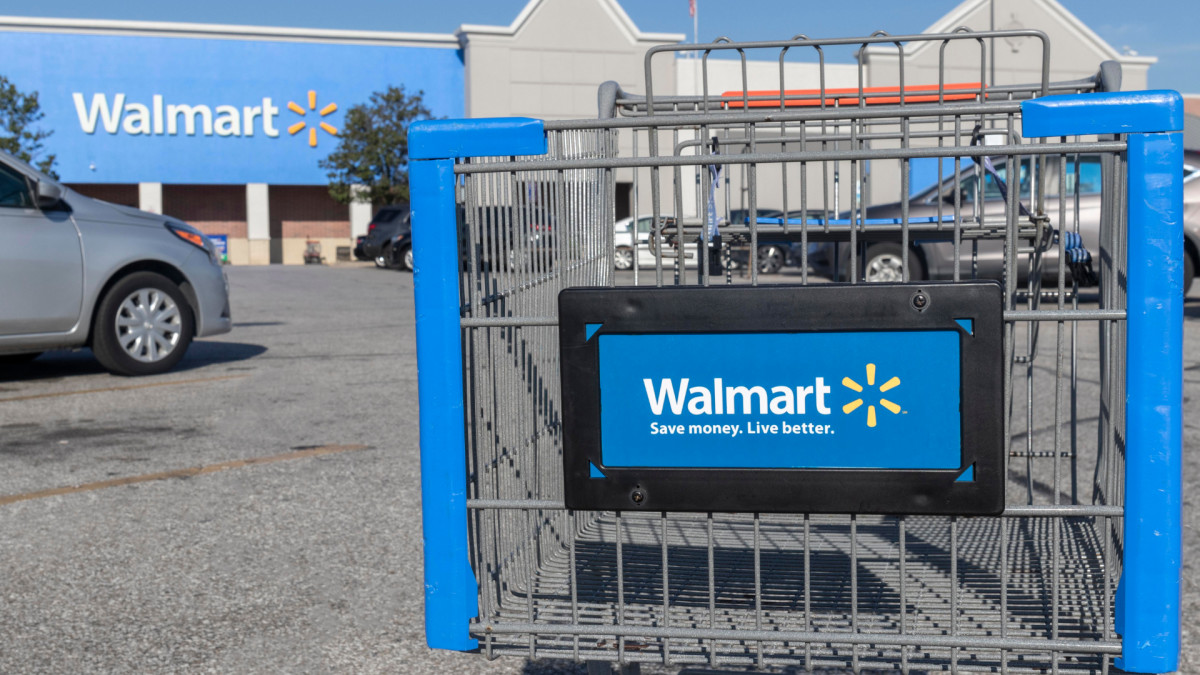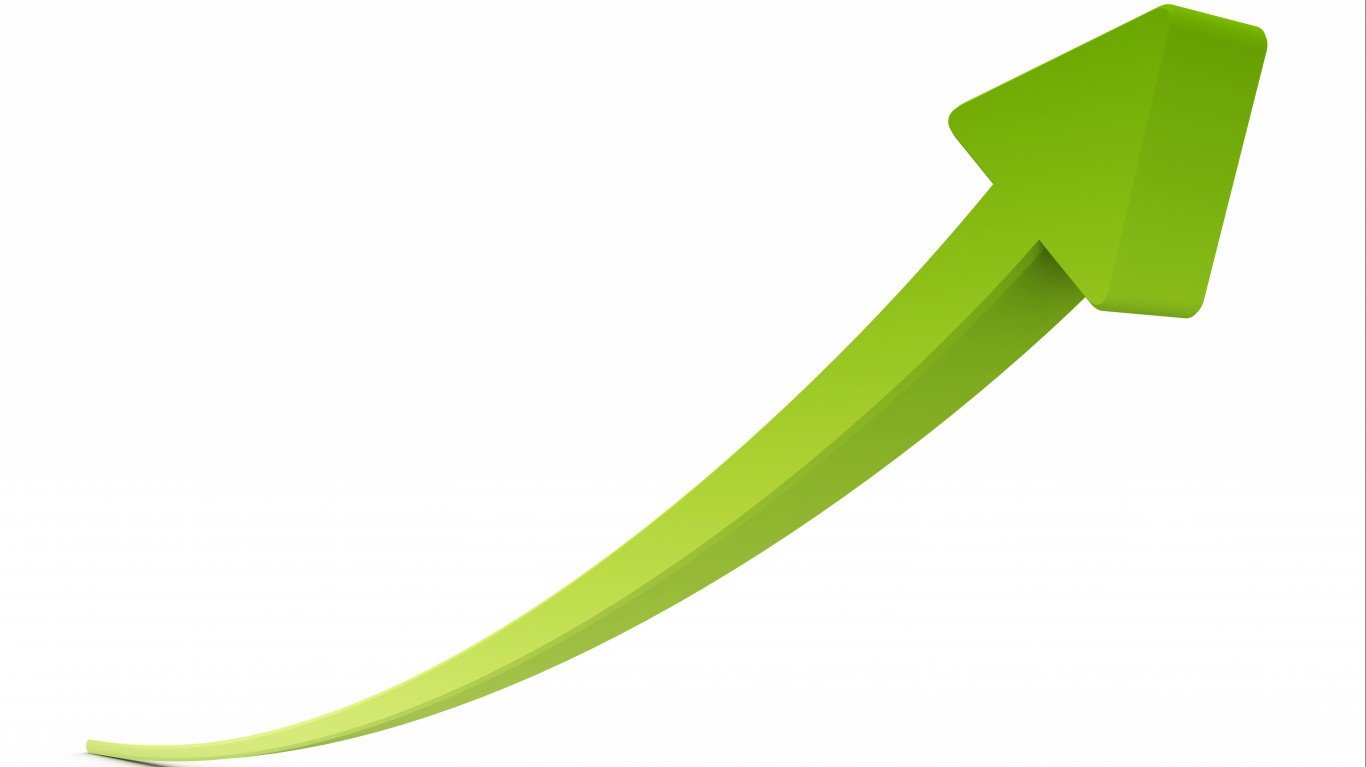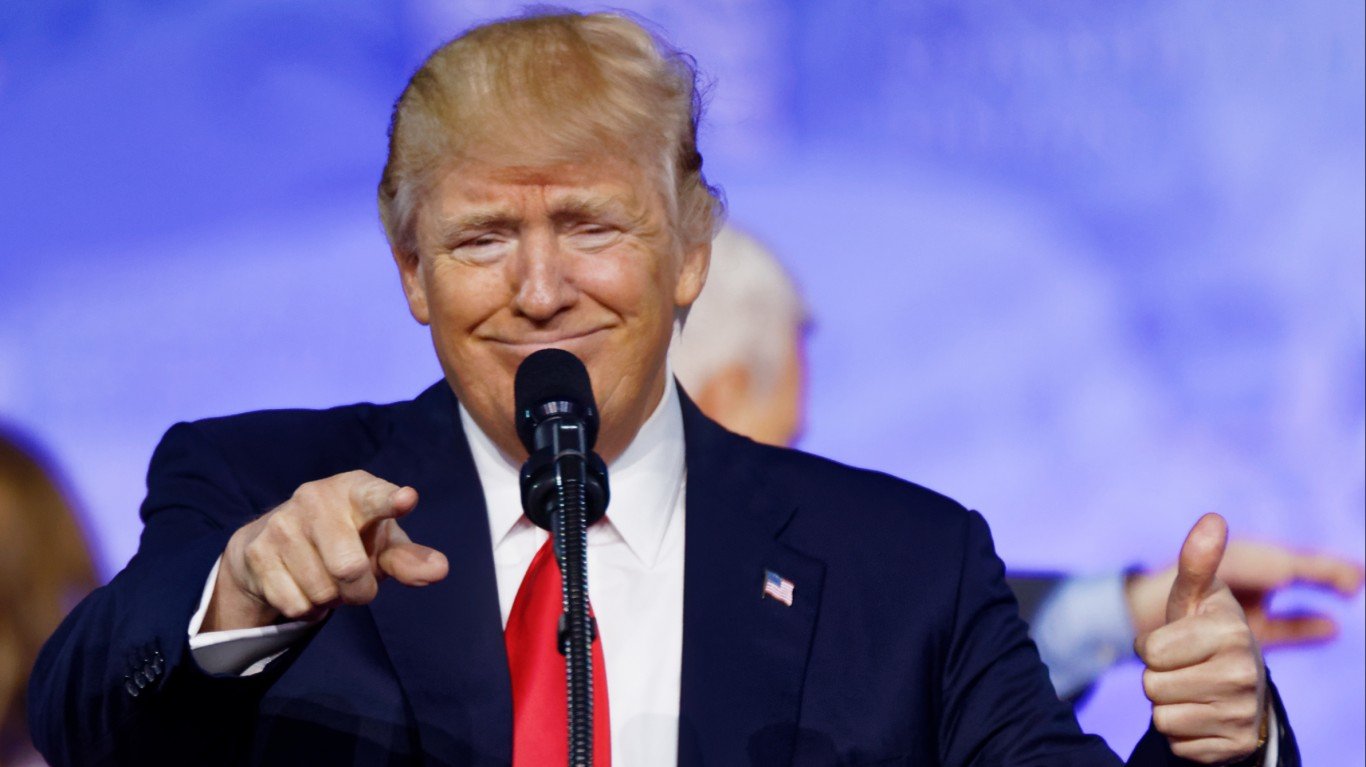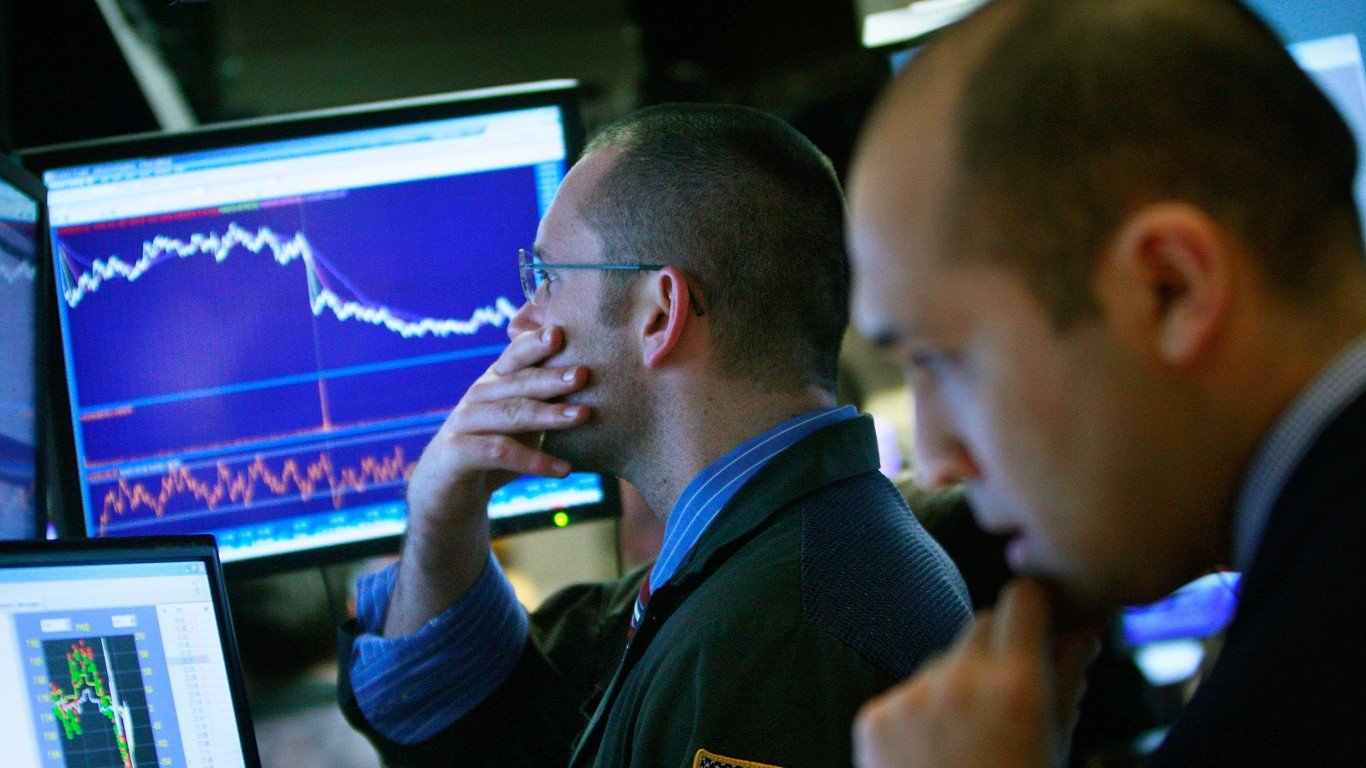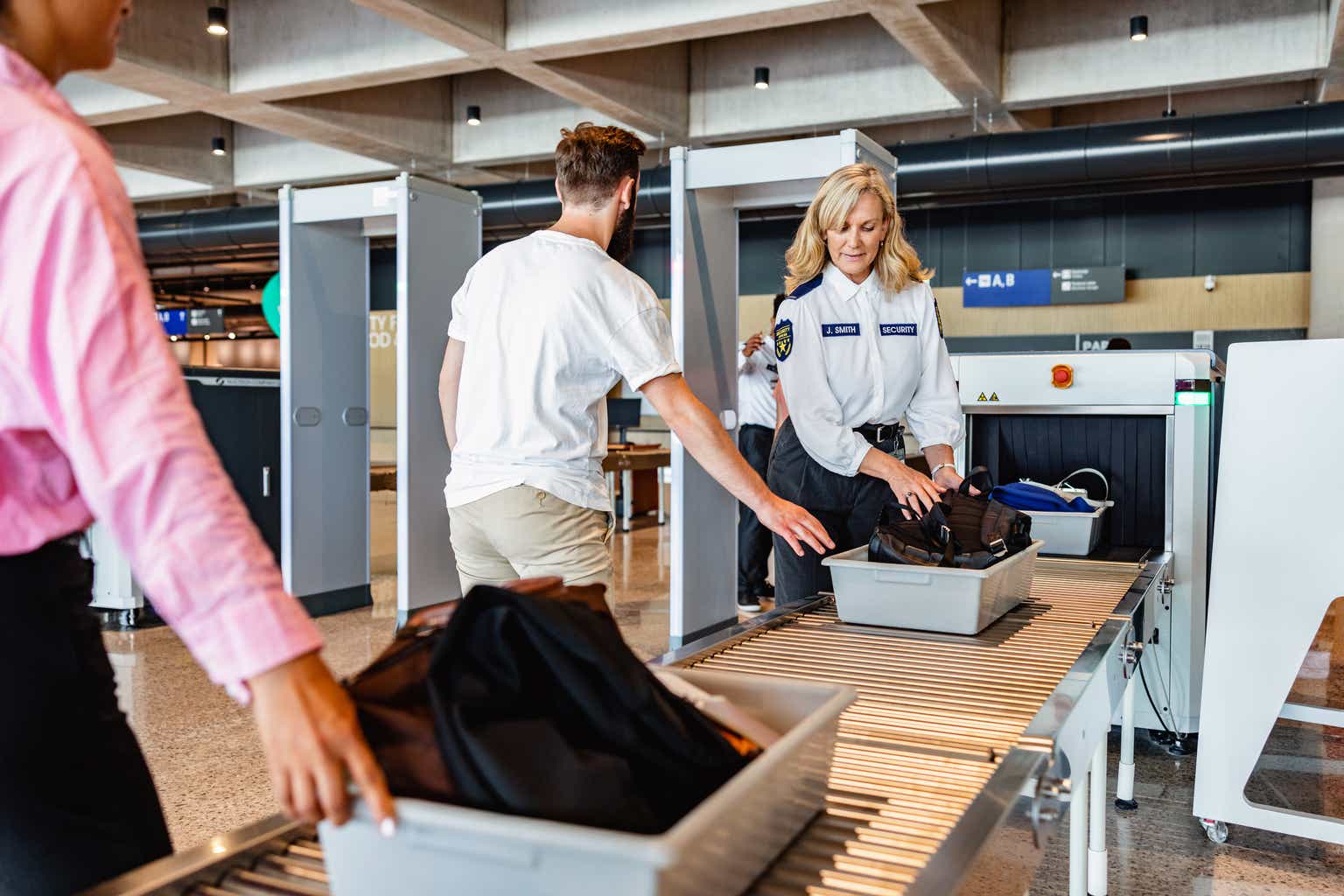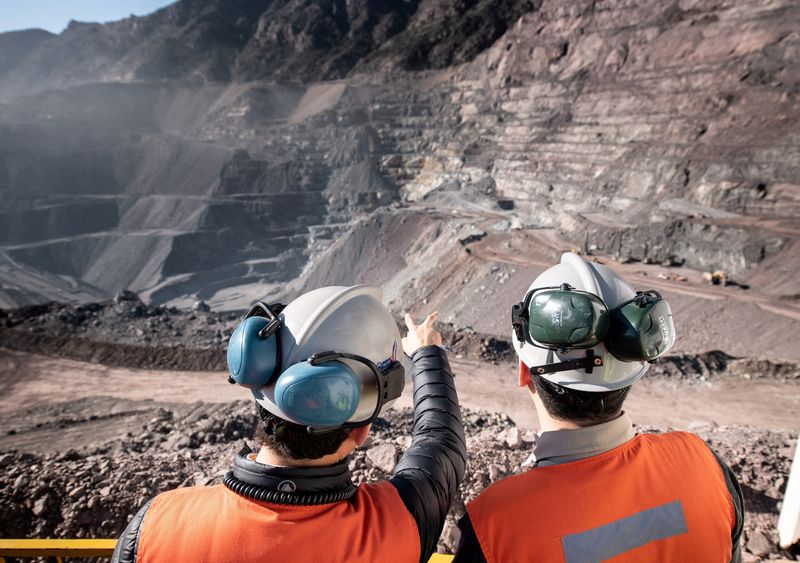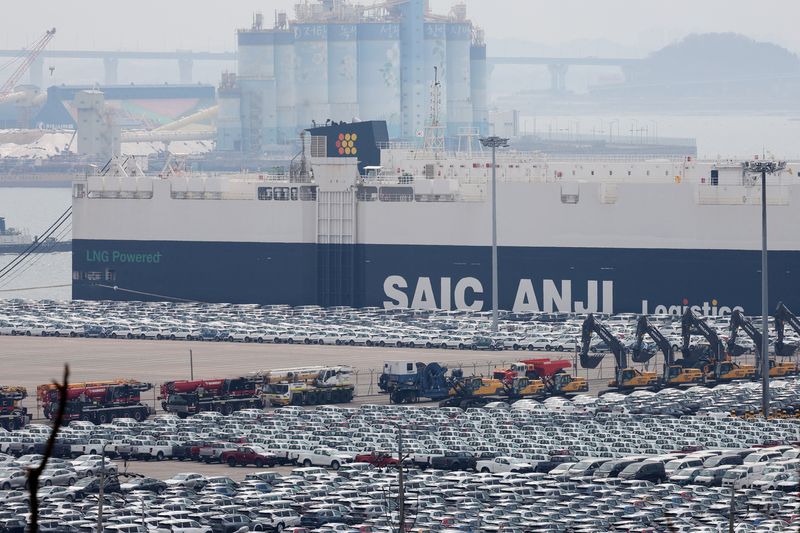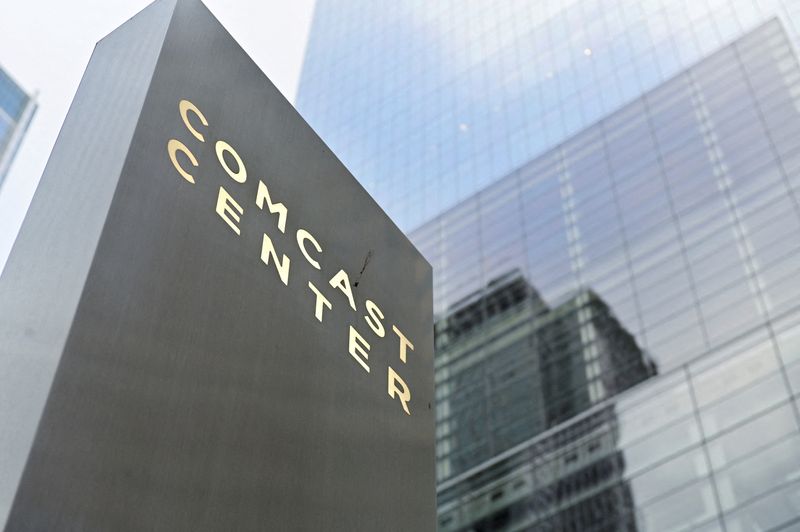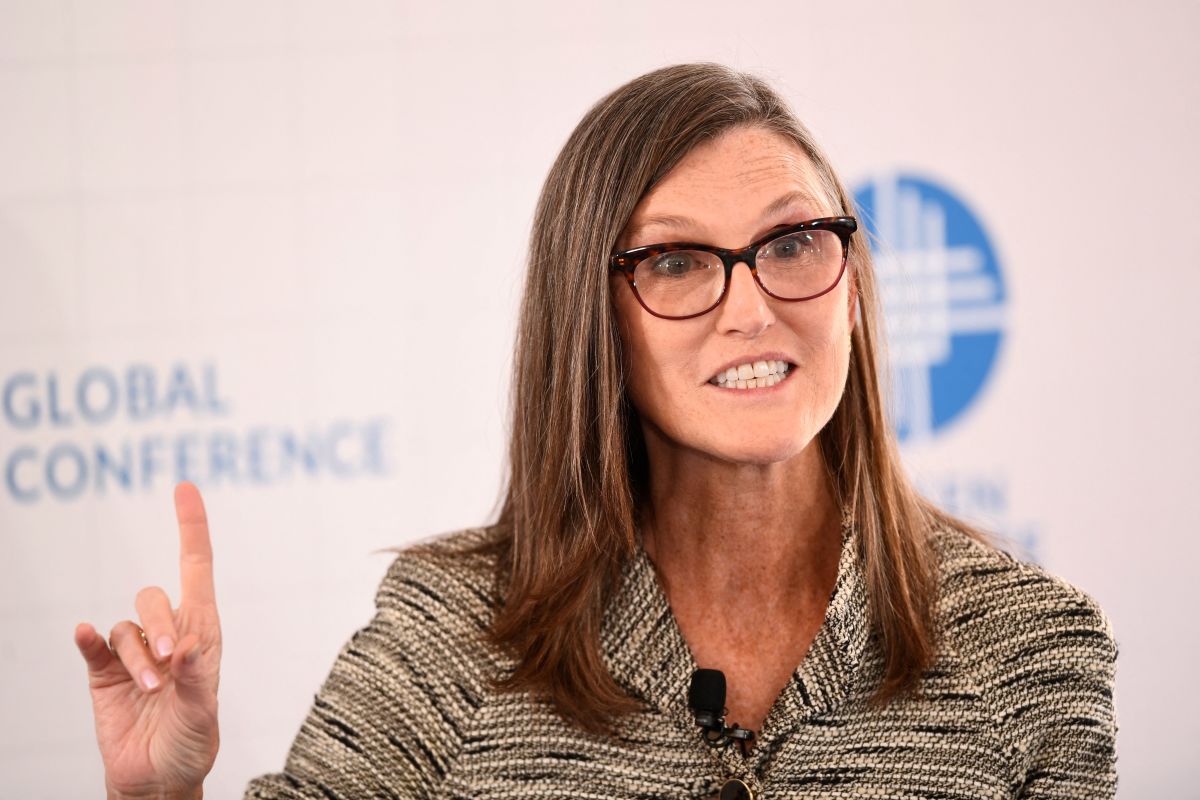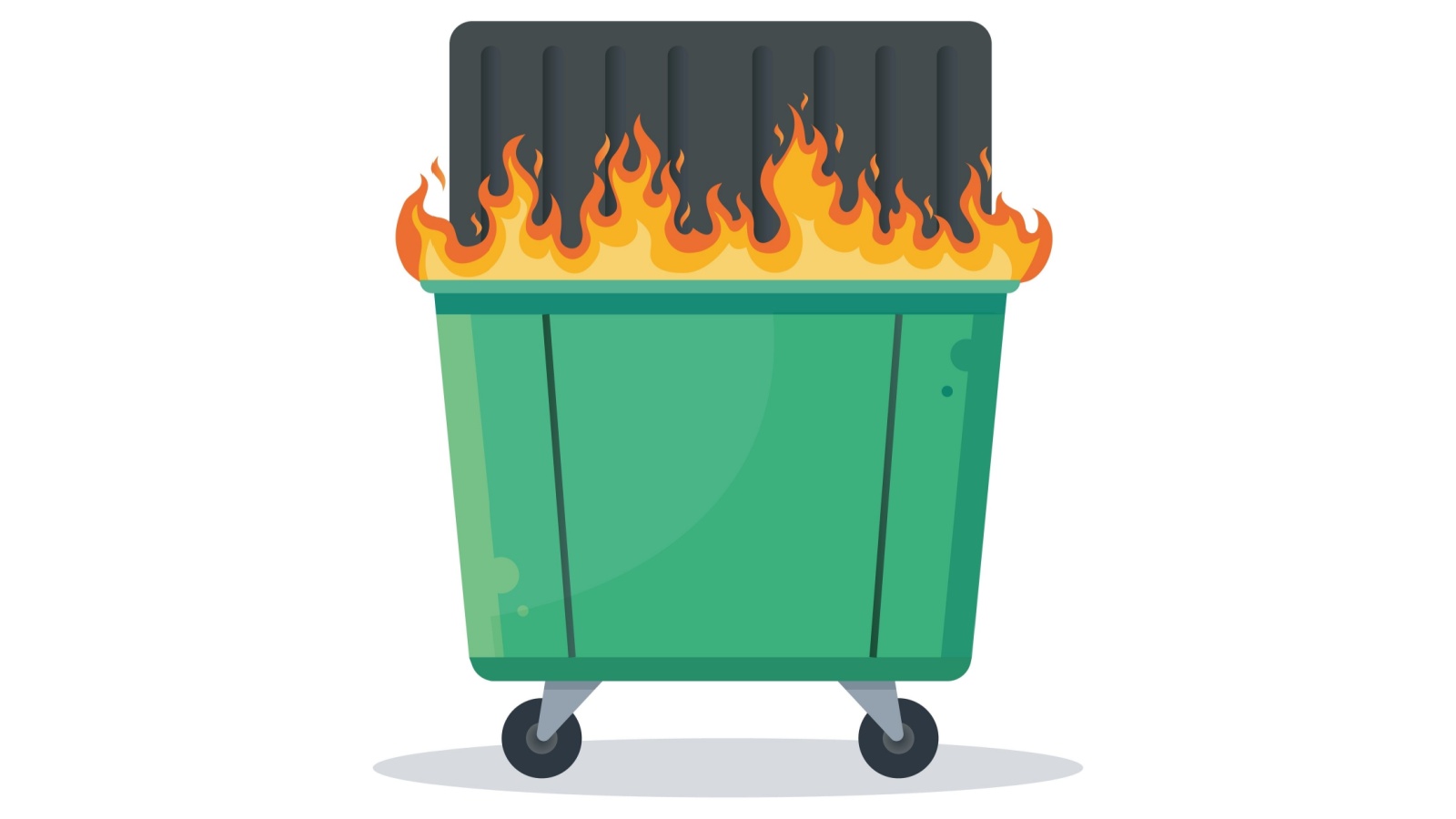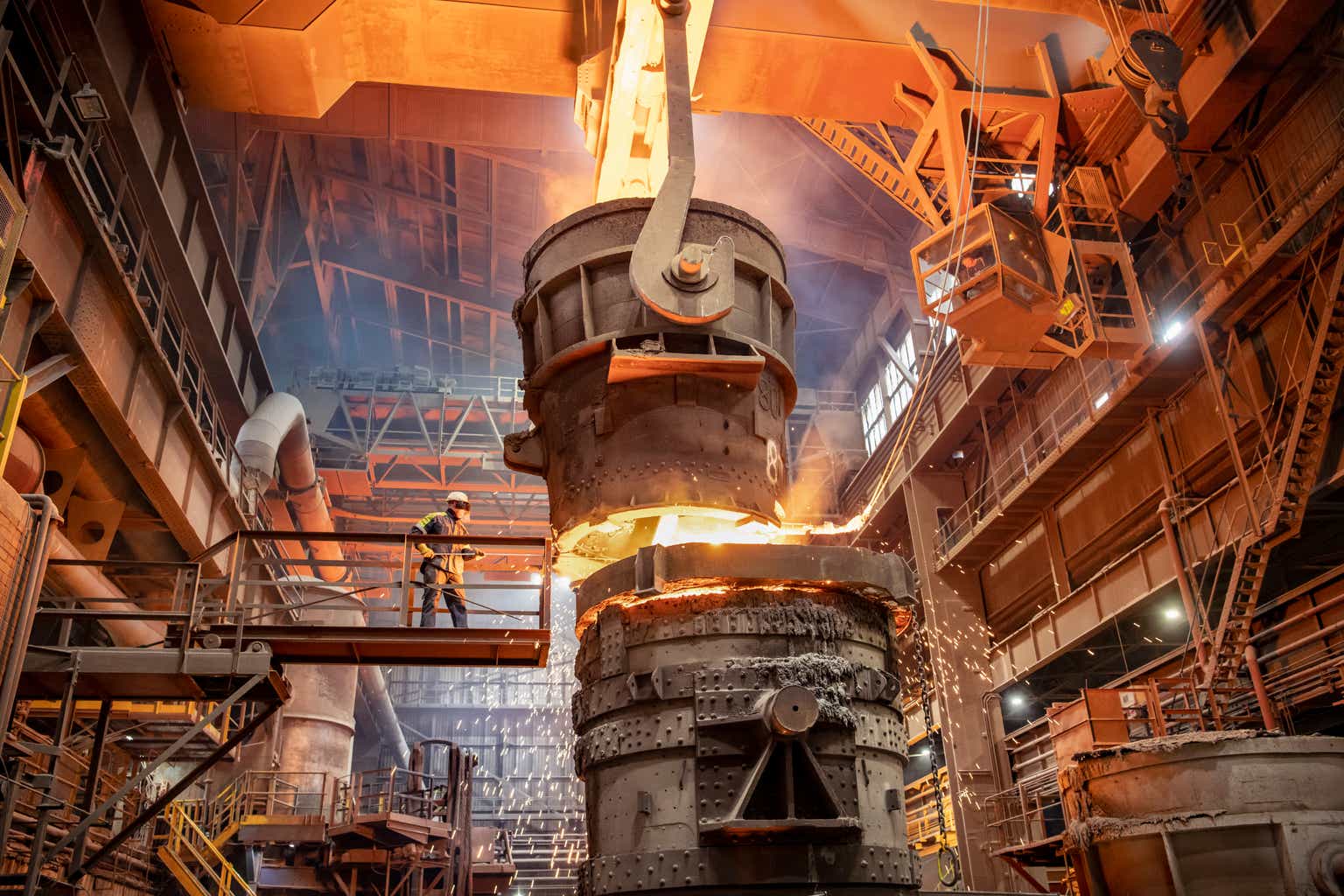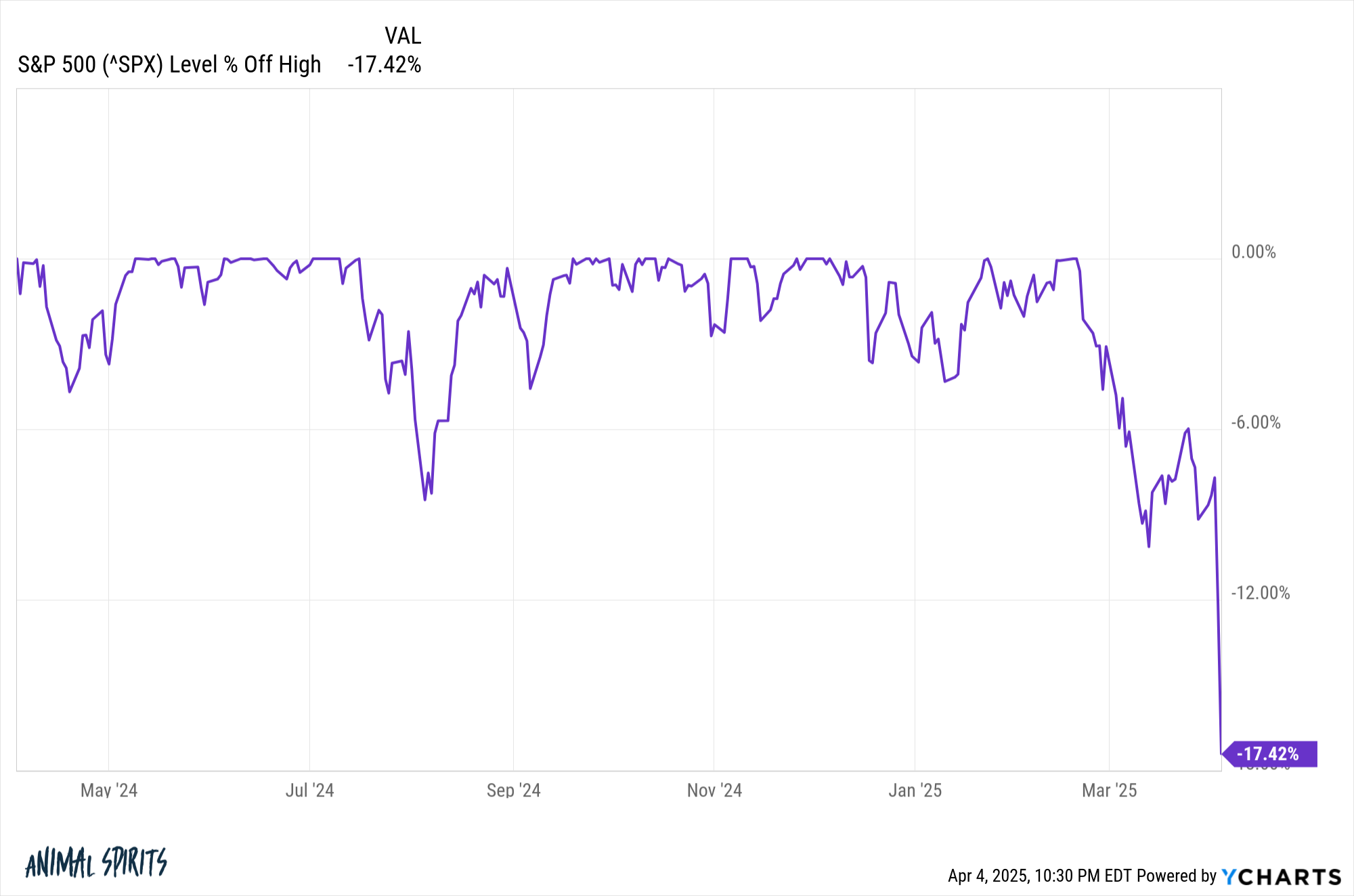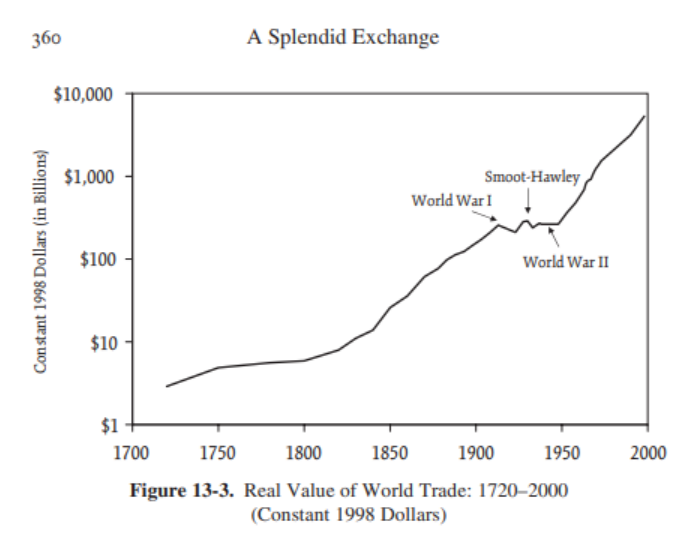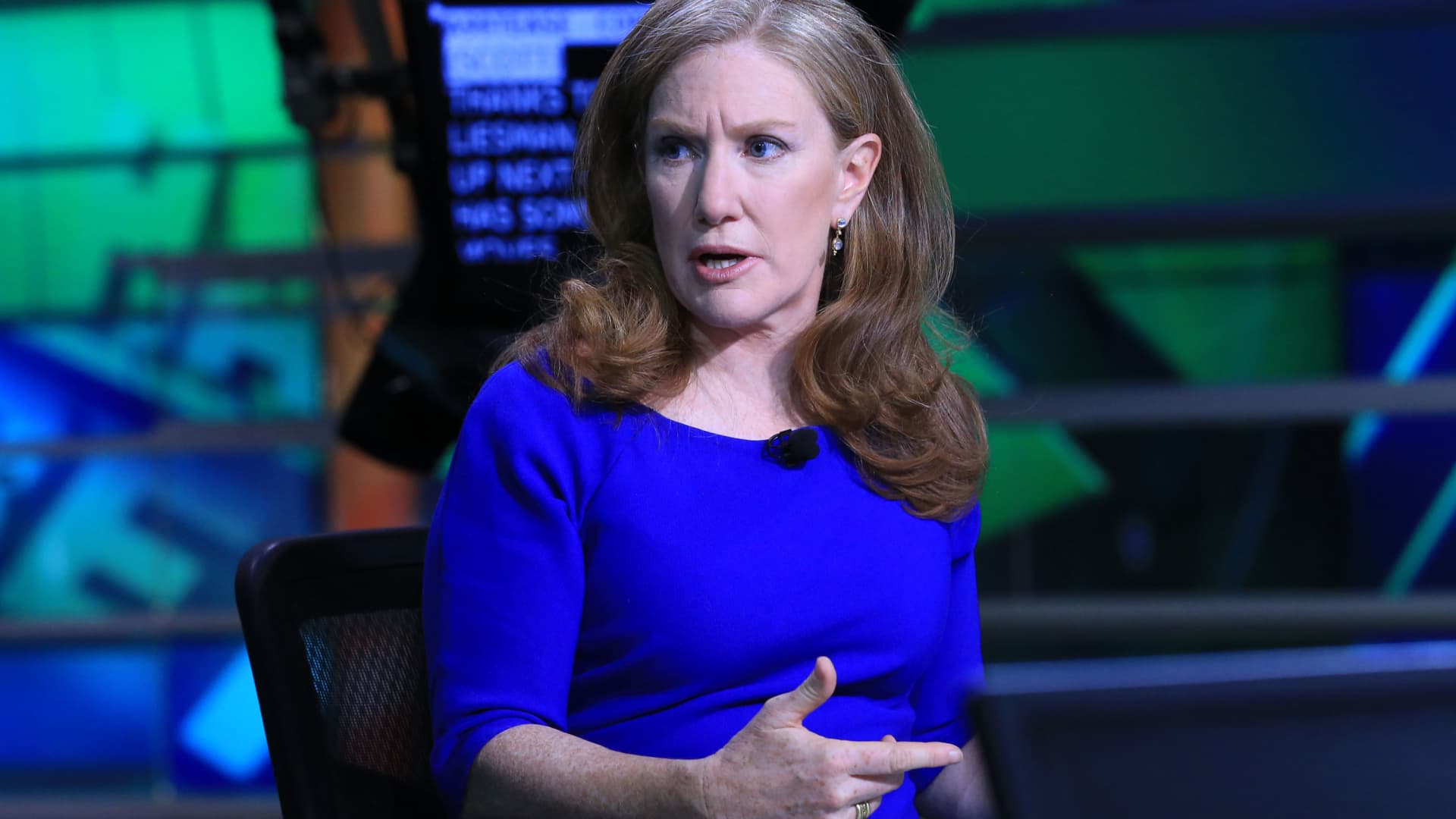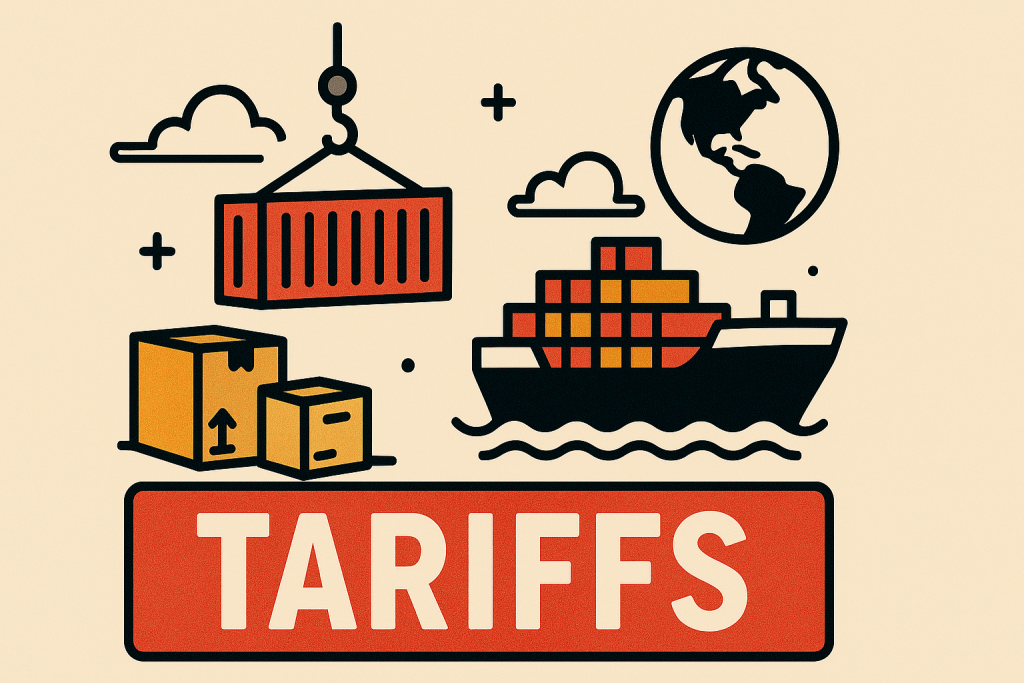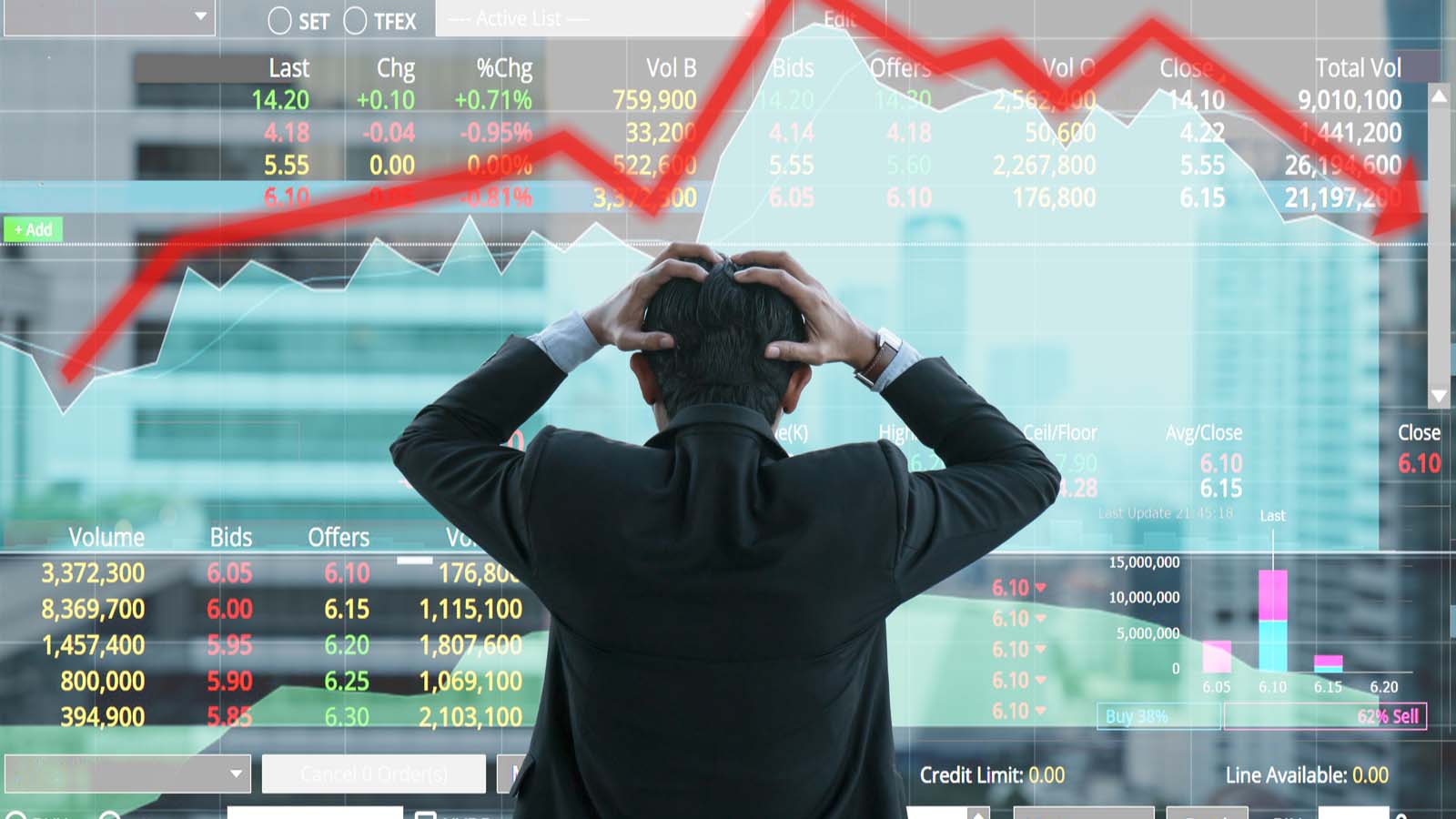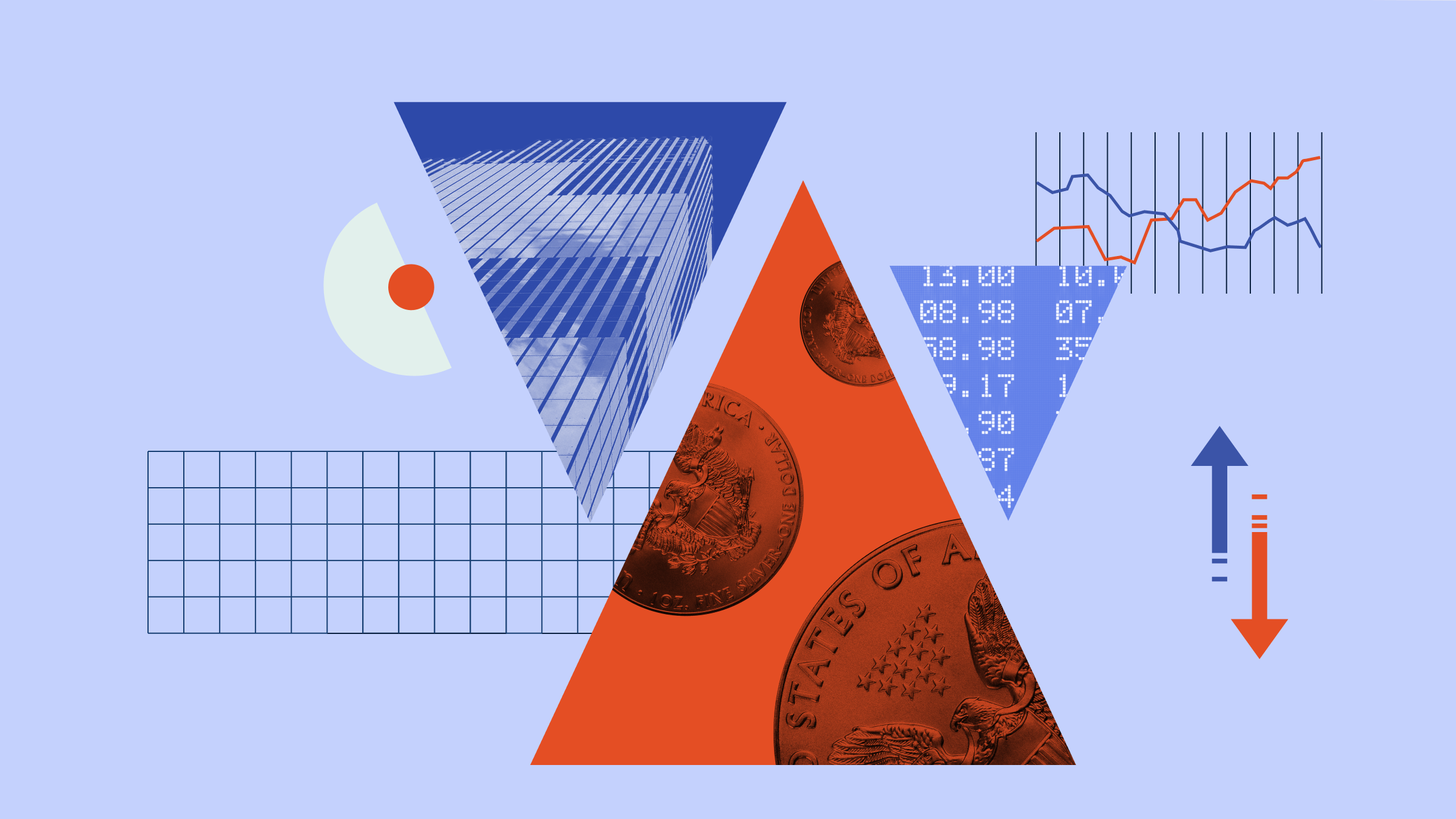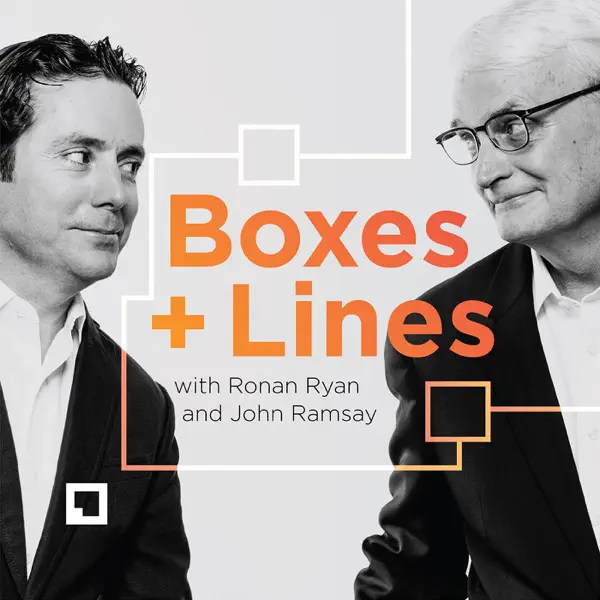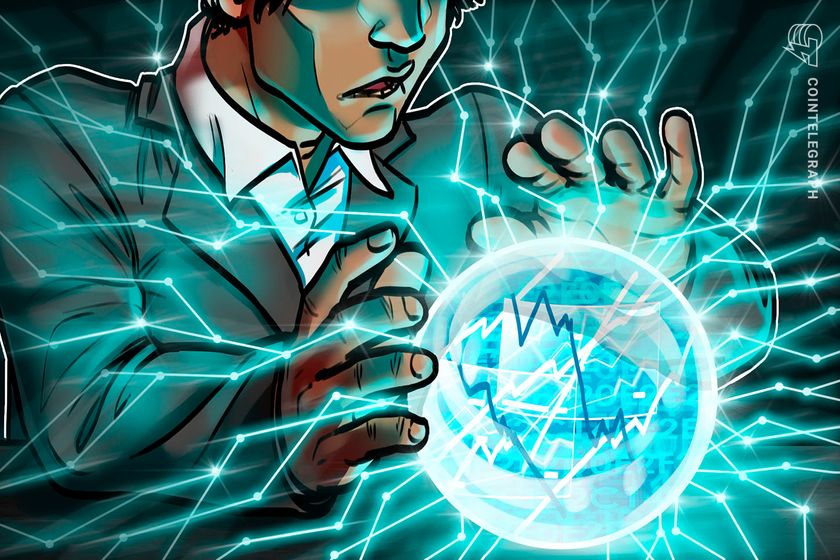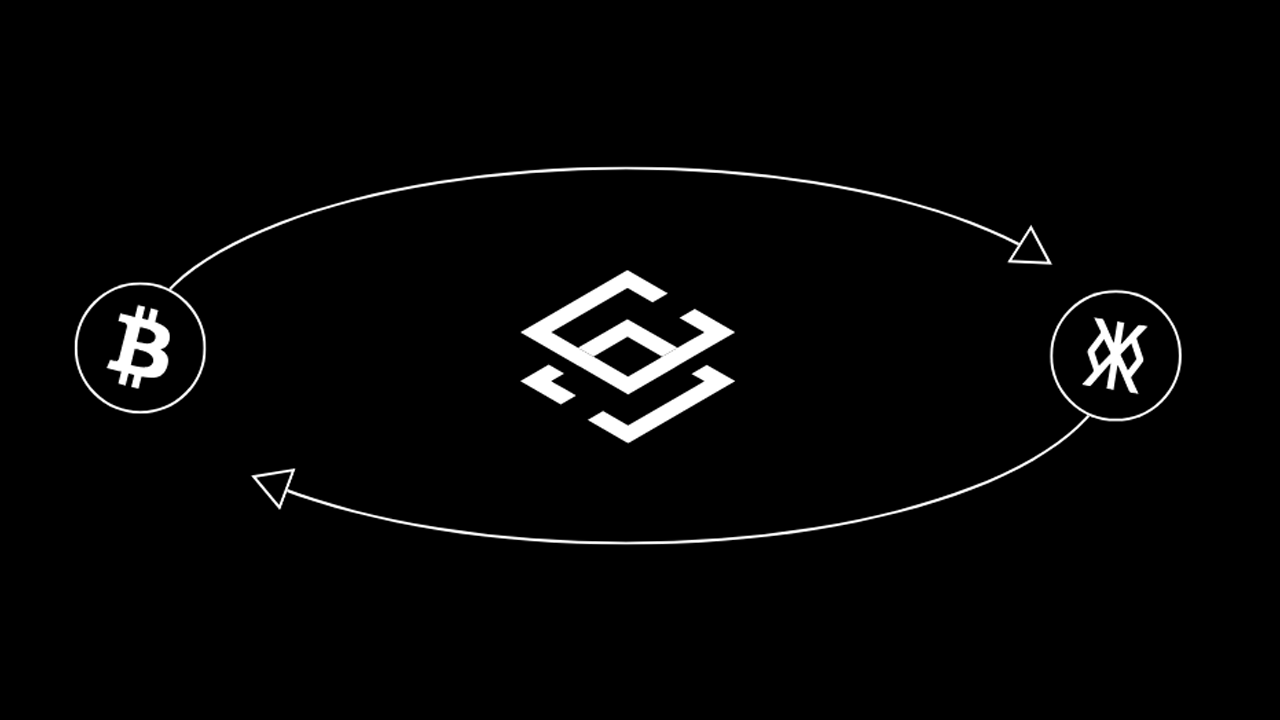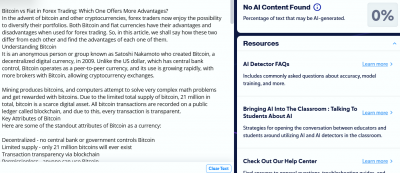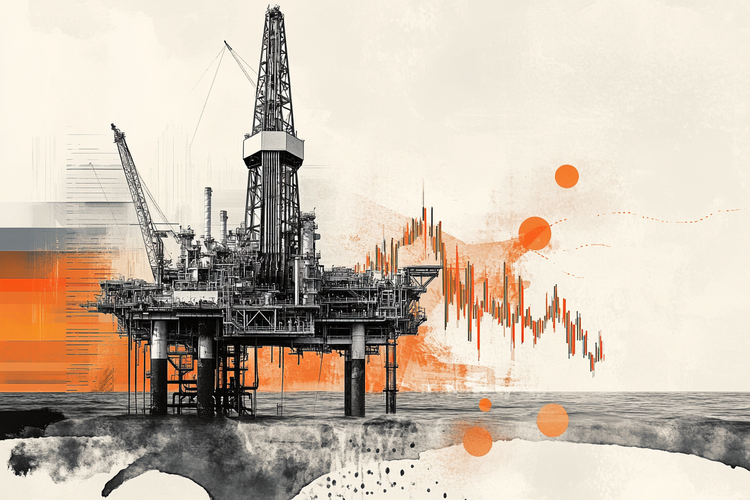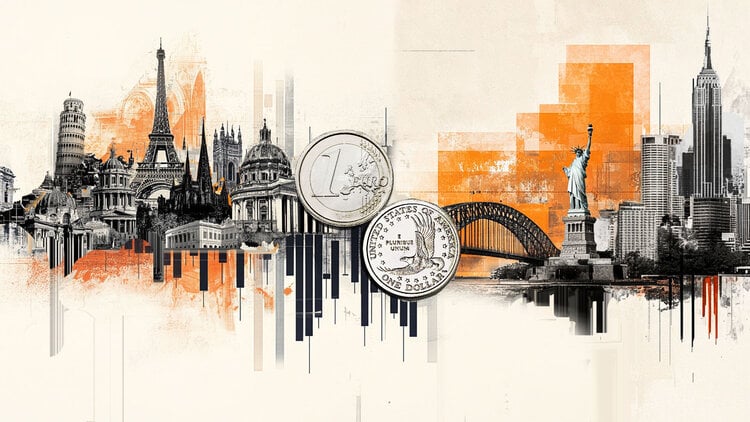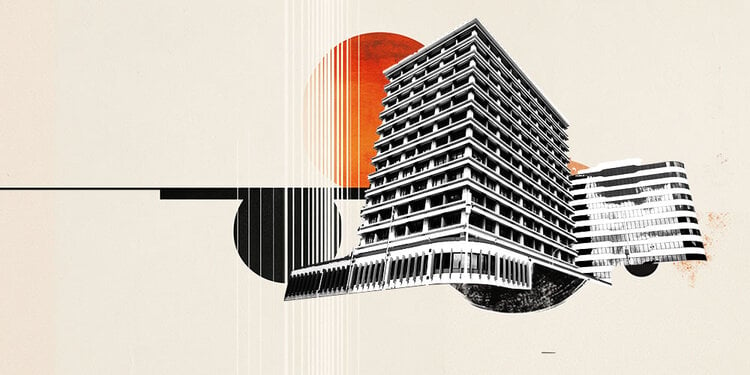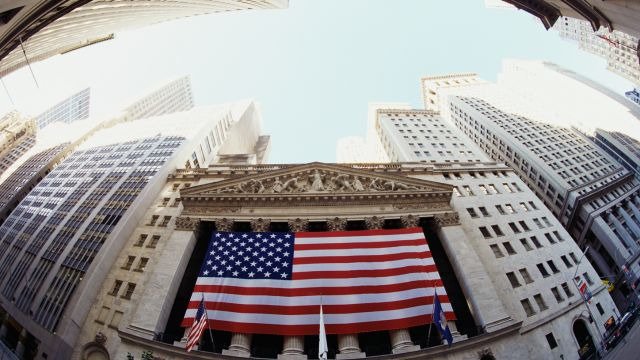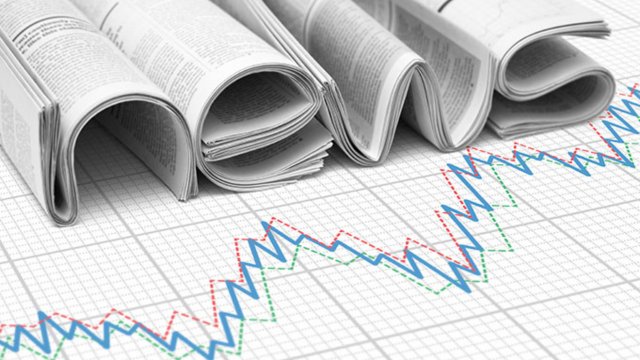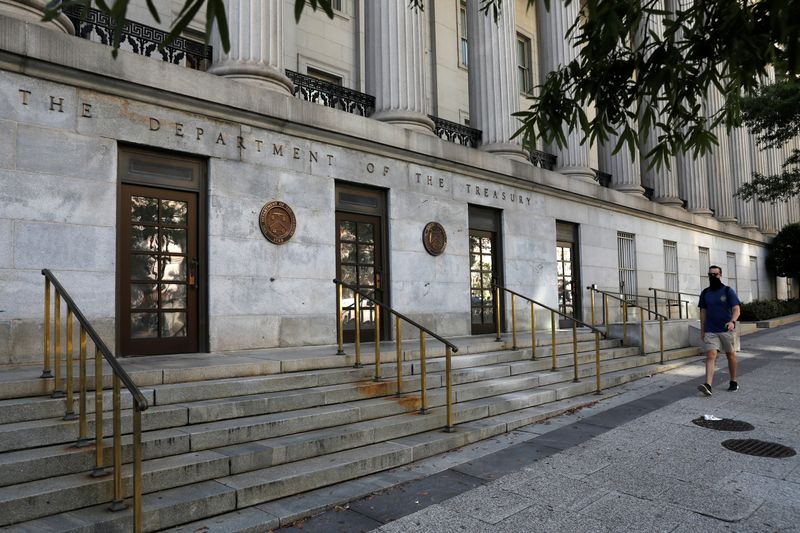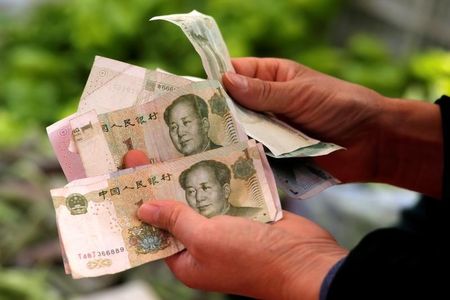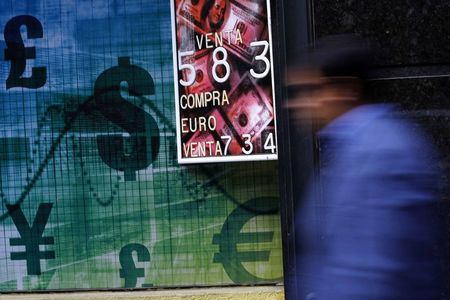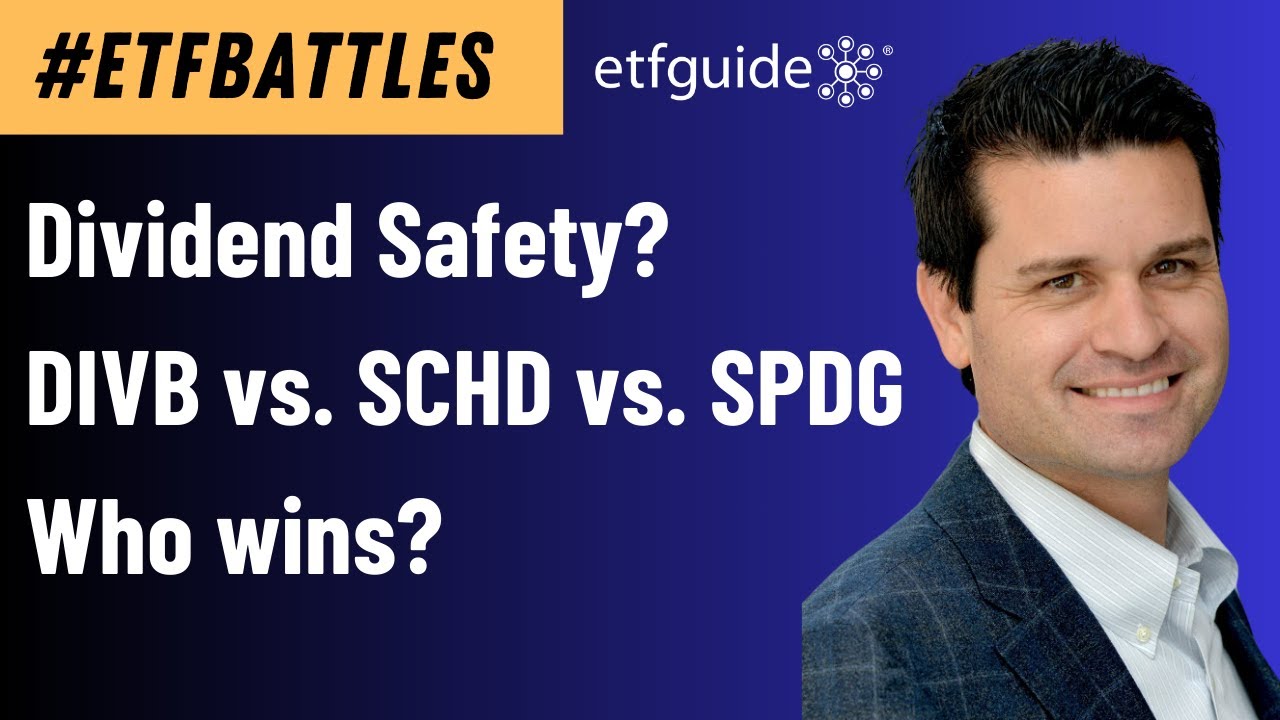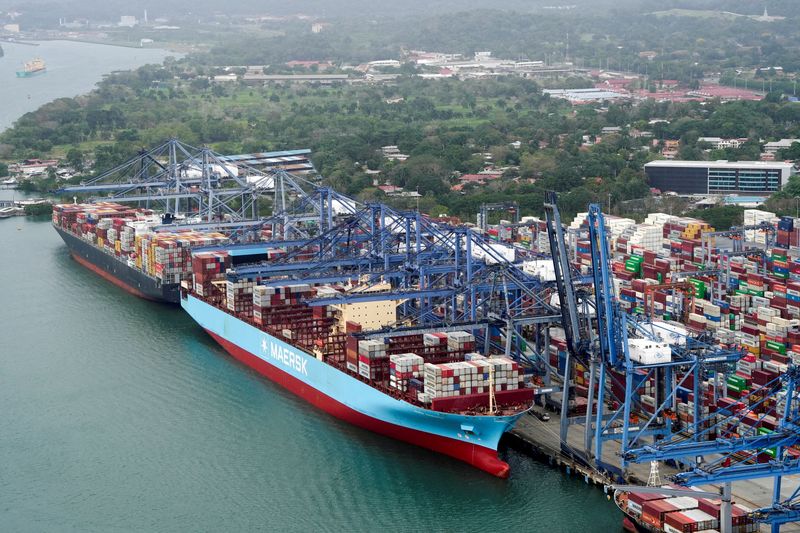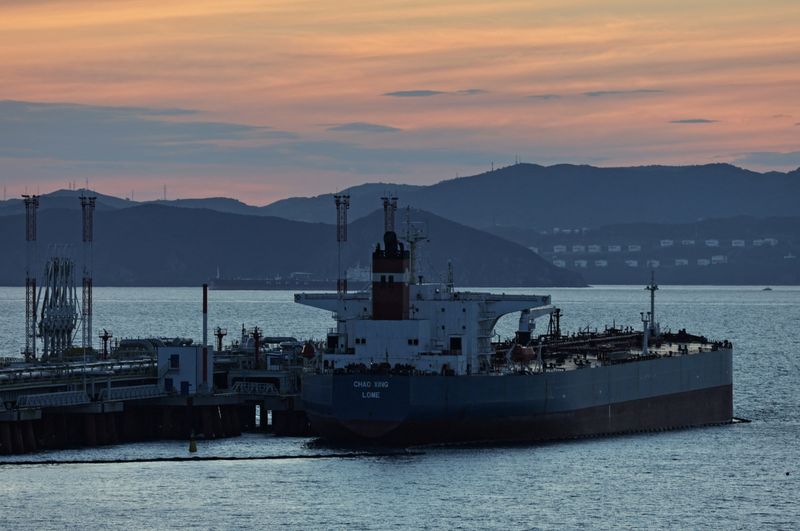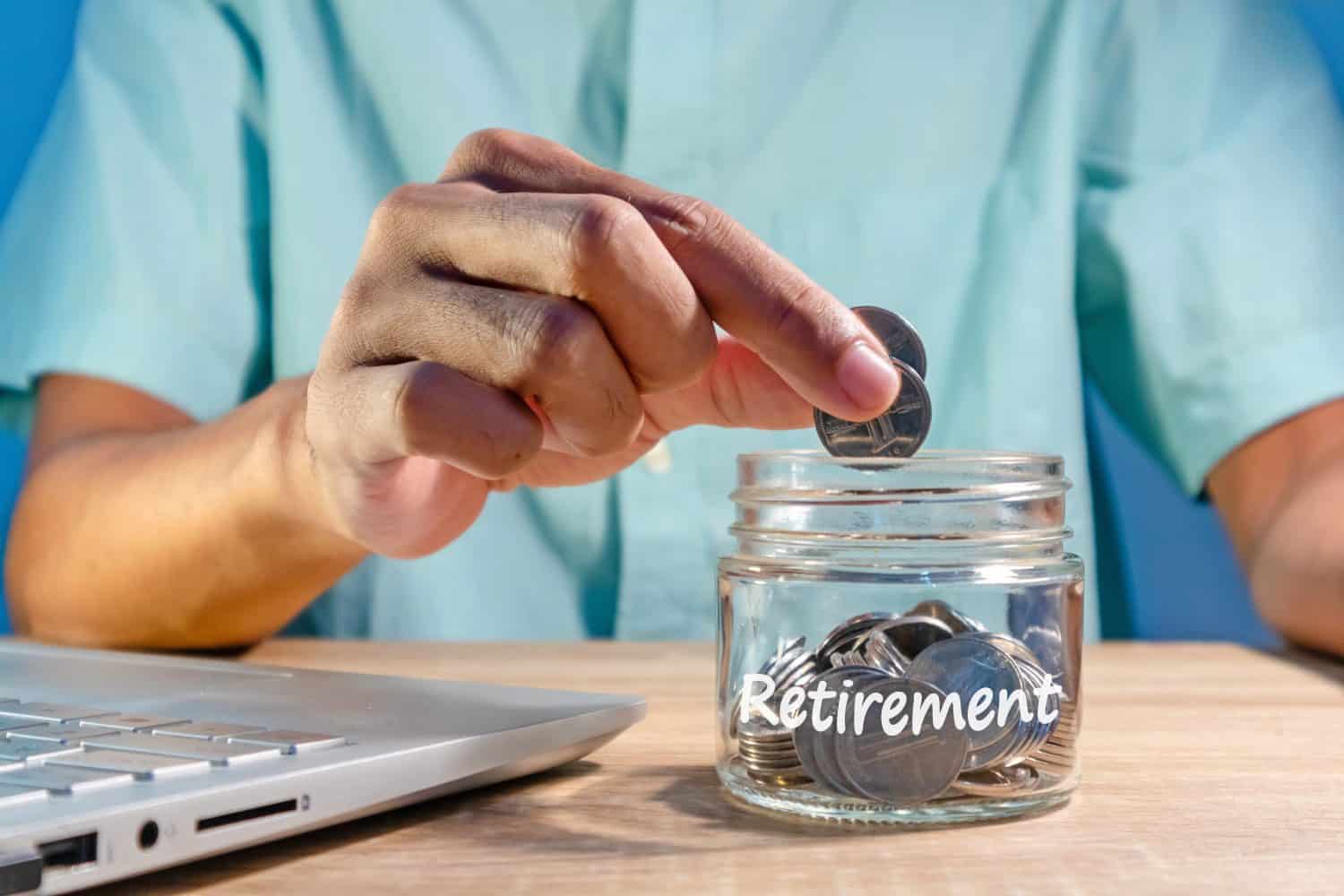With The S&P 500 (VOO) In Free Fall, Will Tomorrow April 7th Be A Second Black Monday?
This post may contain links from our sponsors and affiliates, and Flywheel Publishing may receive compensation for actions taken through them. The First Black Monday was the single worst sell off in the Dow’s history There are some similarities between then and today, and some key differences Trump and his administration are starting […] The post With The S&P 500 (VOO) In Free Fall, Will Tomorrow April 7th Be A Second Black Monday? appeared first on 24/7 Wall St..
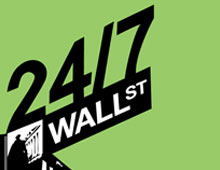
compensation for actions taken through them.
Key Points
- The First Black Monday was the single worst sell off in the Dow’s history
- There are some similarities between then and today, and some key differences
- Trump and his administration are starting with a strong hand and can still reverse course if needed
- With the markets in collapse, it’s time to check with a financial advisor and see if your portfolio is positioned to weather the storm. Click here to speak with one now. Don’t worry, it’s free.
Last week was one for the record books. The S&P 500 (NYSE: VOO) plunged following Trump’s ‘Liberation Day’ announcement. A series of tariffs came in much higher than expected. The S&P fell 4.84% in a single day, followed by an additional 5.97% drop the next day (Friday). As of now, the index has returned to levels not seen since May 2024, erasing over a year’s worth of gains in just hours. The VIX, or volatility index, has spiked 110% over the past five days.
What happens next?
The First Black Monday
The first Black Monday was October 19, 1987. The markets tanked 22.6% in a single day, and remains the single worst drop in the Dow’s history. The ripples were felt internationally as well, dragging down Hong Kong, London, Berlin, and others.
There was panic, stemming from a liquidity crunch at the time. The preceding week there was volatility. The Wednesday prior (October 14th) there was a larger than expected US trade deficit (something we’ve been hearing a lot about lately). There was widespread concern about the health of the US economy and the strength of the US dollar.
The Wednesday, Thursday, AND Friday leading up to Black Monday were all negative. Thursday the 15th the Dow shed 58 points. Friday the 16th things accelerated and dropped 108 points. Then the bottom fell out.
So far there are some frightening similarities.
- Black Monday actually started the week prior, with weakness causing panic
- That panic was caused by concern about the strength of the US economy
- The downdraft was so severe it pulled in international markets as well
But Not Everything Is The Same
This time around the concern about the health of the US economy is at least theoretically inside our control. Tariffs were a choice, not a fact of life or a runaway train. They could (presumably) be removed as quickly as they came.
Additionally, since the first Black Monday markets have become far more sophisticated and now include a variety of ‘circuit breakers’ to stem the tide of any draw down. As a refresher, they are:
- Level 1 (7% decline): Halts trading for 15 minutes if the S&P 500 falls 7% before 3:25 p.m. ET.
- Level 2 (13% decline): Halts trading for 15 minutes if the S&P 500 falls 13% before 3:25 p.m. ET.
- Level 3 (20% decline): Halts trading for the remainder of the day if the S&P 500 falls 20%.
Technically the third level would prevent the S&P from falling as much as it did on the first Black Monday. But that’s cold comfort. The index is already down enormously, and it could just as easily open on Tuesday the 8th and see another, further collapse.
There Are Some Signs of Further Weakness
As of right now, many stocks are already trading down pre-market. Once loved Nvidia (Nasdaq:NVDA) is off 1.8%, Alphabet (Nasdaq: GOOG) is off .7%, and Tesla (Nasdaq: TSLA) is falling a further 1.8%.
But these are ‘ordinary’ negative moves, hardly the stuff of catastrophe. It’s not all bad news either. Ford (NYSE: F) is up marginally pre market, while both Microsoft (Nasdaq:MSFT) and Berkshire Hathaway (NYSE: BRK.b) are effectively flat.
For my money, this feels a lot more like the March, 2020 drawdown from COVID 19. There was mass confusion about how bad COVID would get. The S&P hit the circuit breakers three times that month before beginning a multi-year climb higher. And this, despite higher interest rates. The difference between that and the first Black Monday is that while COVID caused uncertainty, there were clear solutions to the problem. World leaders reacted, markets shifted, and ultimately investment value returned.
There are similar levers that can be pulled here. For one, tariffs could be reduced or removed. Interest rates could also be cut to stimulate the economy. There could also be stimulus, if needed. None of these are ideal, but they are all tools in the chest.
Additionally, today the US still has a relatively strong hand. Unemployment is 4.2% and inflation is 2.8%. Of course, these can change, but I do not think we’ll see a second Black Monday tomorrow.
The post With The S&P 500 (VOO) In Free Fall, Will Tomorrow April 7th Be A Second Black Monday? appeared first on 24/7 Wall St..



